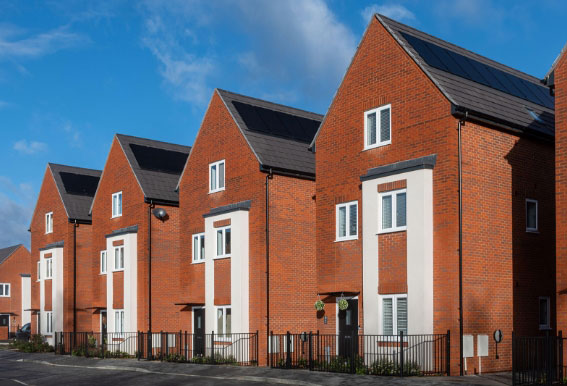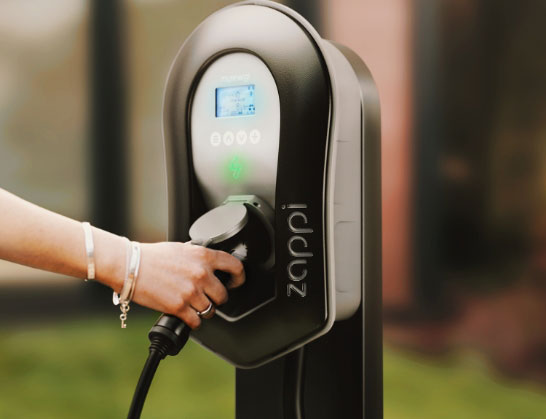How to Choose the Right Off Grid Solar Inverter System for Your Home
In the pursuit of sustainable living, an Off Grid Solar Inverter System has become an essential component for many homeowners looking to harness renewable energy and reduce their dependency on traditional power sources. According to industry reports, the global off-grid solar market is projected to reach $3.6 billion by 2027, growing at a compound annual growth rate (CAGR) of 20%, indicating a significant shift towards alternative energy solutions. However, choosing the right system can be daunting, as it involves understanding various factors such as energy needs, inverter types, and system compatibility. With advancements in technology and a plethora of options available, selecting an appropriate Off Grid Solar Inverter System ensures that homes can efficiently convert and utilize solar energy, maximizing both efficiency and savings while contributing to a greener planet.
Understanding Your Energy Needs Before Selecting an Off Grid Solar Inverter
Before selecting an off-grid solar inverter system for your home, it's crucial to start by understanding your energy needs. This involves conducting a thorough assessment of the appliances and systems you intend to power with solar energy. Consider factors such as wattage requirements, daily usage hours, and the total energy consumption of your household. For instance, if you have high-energy devices such as refrigerators or water heaters, you'll need a solar inverter capable of handling those power demands effectively.
Additionally, it's important to account for seasonal variations and potential future energy needs. Installing solar panels is not just an immediate solution; it's a long-term investment that should accommodate any changes in your lifestyle or family dynamics. By budgeting for extra capacity, you ensure that your system can handle increased demands, whether through new electronic devices or additional members in your household. Therefore, a clear understanding of both your present and future energy requirements is essential for selecting the right off-grid solar inverter system that will serve you efficiently over time.
Key Features to Look for in Off Grid Solar Inverter Systems
When selecting the right off-grid solar inverter system for your home, understanding the key features is crucial for optimal performance and energy efficiency. One essential aspect to consider is the inverter’s power rating, typically measured in watts. The size of the inverter should match or exceed the total wattage of the appliances you plan to run. According to the National Renewable Energy Laboratory (NREL), some off-grid systems require inverters with power ratings of 1,000 watts to 10,000 watts depending on household electricity consumption.
Another important feature is the inverter’s efficiency rating, which indicates how well it converts solar energy into usable electricity. High-efficiency inverters, often exceeding 90%, can significantly reduce energy loss during conversion. A report by the Solar Energy Industries Association (SEIA) notes that selecting an inverter with a higher efficiency can enhance your system’s overall productivity, leading to lower costs in the long run. Additionally, consider the inverter’s adaptability for battery storage integration, as many off-grid systems rely on batteries for energy storage, especially during cloudy days or nighttime. Ensuring you choose an inverter that supports your battery type will help maximize your off-grid energy solution.
Key Features to Consider for Off Grid Solar Inverter Systems
Comparing Different Types of Off Grid Solar Inverters
When selecting the right off-grid solar inverter system for your home, it’s essential to understand the various types of off-grid solar inverters available and how they differ. The two main types are pure sine wave inverters and modified sine wave inverters. Pure sine wave inverters produce a smooth and consistent current that is compatible with all types of appliances, including sensitive electronics. This makes them ideal for homes with a diverse range of electrical needs. Although they tend to be more expensive, the reliability and efficiency they offer can justify the higher upfront cost.
On the other hand, modified sine wave inverters are typically less expensive and simpler in design. They are suitable for basic appliances and tools that do not require high-quality power, such as lights and pumps. However, they may not be compatible with certain sensitive devices, which can result in inefficiencies or even damage. For homeowners looking to save costs and use basic electrical devices, modified sine wave inverters may suffice. Understanding these distinctions helps homeowners make informed decisions based on their energy needs, budget, and the type of appliances they intend to power.
Evaluating Compatibility with Your Solar Panel and Battery Setup
When selecting the right off-grid solar inverter system for your home, a crucial factor to consider is its compatibility with your existing solar panels and battery setup. According to the National Renewable Energy Laboratory (NREL), ensuring proper inverter capacity can maximize energy efficiency, as mismatched systems may lead to energy loss and reduced performance. For instance, solar inverters typically require a rated power output that matches or slightly exceeds the total wattage of solar panels in use, ideally avoiding a situation where the inverter is either underutilized or overburdened.
Additionally, the type of battery system you employ greatly influences inverter choice. Lithium-ion batteries, for example, generally have higher discharge rates and efficiencies than traditional lead-acid batteries. The Consumer Electronics Association (CEA) states that a well-matched inverter can help achieve up to 90% round-trip efficiency in systems utilizing lithium-ion technologies, compared to around 75% for lead-acid counterparts. Therefore, evaluating both the solar panel wattage and the battery chemistry is essential to ensure that the inverter can efficiently convert and manage power for optimal off-grid living.
How to Choose the Right Off Grid Solar Inverter System for Your Home - Evaluating Compatibility with Your Solar Panel and Battery Setup
| Inverter Type | Input Voltage (V) | Rated Power (W) | Efficiency (%) | Battery Compatibility | Warranty (Years) |
|---|---|---|---|---|---|
| Pure Sine Wave | 12/24/48 | 3000 | 90 | Lead-Acid, Li-ion | 5 |
| Modified Sine Wave | 12/24/48 | 2000 | 85 | Lead-Acid | 3 |
| Grid Tie | 230 | 5000 | 95 | Li-ion | 10 |
| Off Grid | 48 | 4000 | 92 | Lead-Acid, Li-ion | 7 |
Budgeting and Financial Considerations for Off Grid Solar Inverter Systems
When considering an off-grid solar inverter system for your home, budgeting and financial considerations play a critical role in ensuring a beneficial investment. According to a recent report by the Solar Energy Industries Association, the average cost of an off-grid solar system can range from $4,000 to $10,000 per kilowatt installed, depending on the quality of components and installation. It’s essential to factor in not just the upfront costs but also potential long-term savings on electricity bills, which can significantly offset these initial expenses.
Tip: To maximize financial efficiency, consider starting with a smaller system that meets your immediate needs while allowing for future expansions. Many homeowners have found it advantageous to strategically assess their energy consumption first, and then scale up as required.
Additionally, government incentives can greatly influence your budget. Many states offer tax credits and rebates for installing renewable energy systems. According to the Database of State Incentives for Renewables & Efficiency, homeowners can save up to 30% on their system costs through federal tax credits. Understanding these financial benefits can lead to more informed decision-making.
Tip: Consult local energy authorities or financial advisors who specialize in renewable energy to get tailored advice on available incentives and financing options that suit your specific situation.


